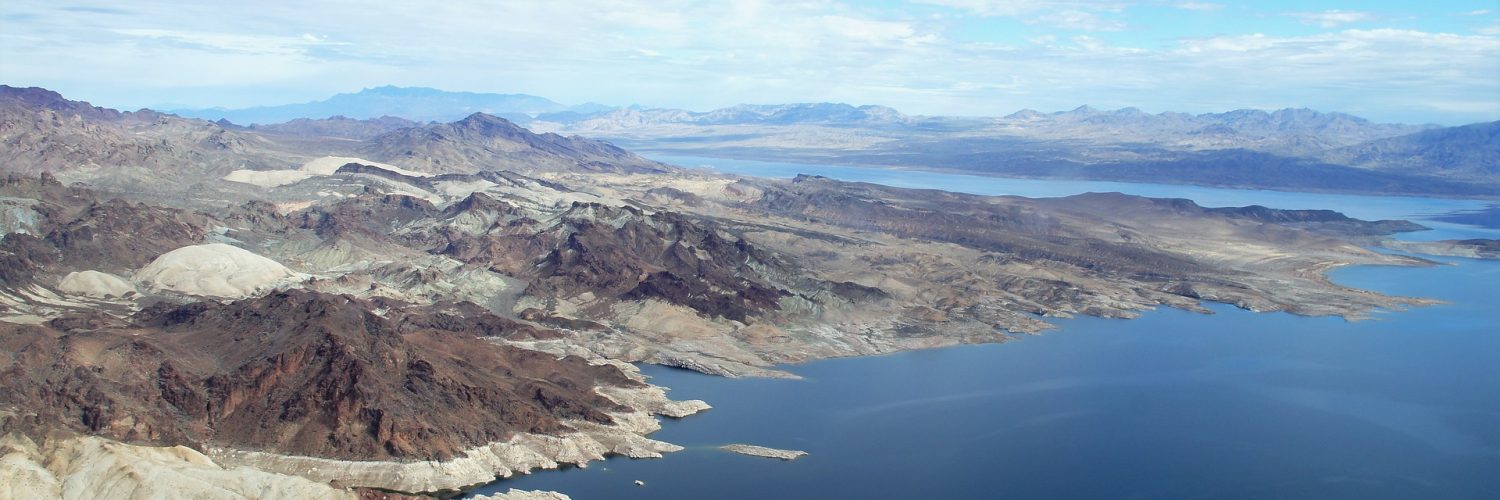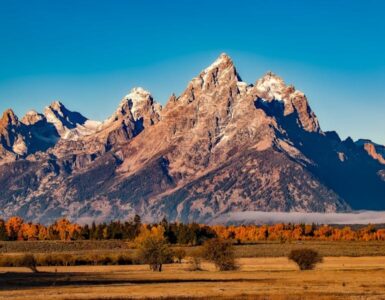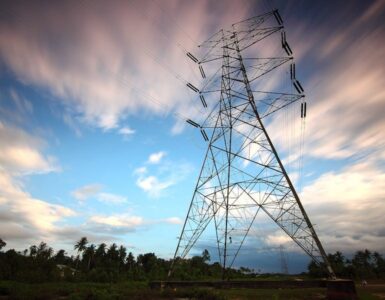A monumental multi-state agreement to conserve and share Colorado River water to quench a region searing under one of the longest and worst droughts in its history, just reached an important milestone: The federal Bureau of Reclamation released a draft of drought plans that lay out how seven states will help protect critical elevations at Lake Powell or contribute additional water for storage in Lake Mead.
But the final touches are far from complete.
In Arizona, a statewide steering committee tasked with finalizing Arizona’s part of the contingency plan continues to stall and sputter as it tries to negotiate how to “share the pain” of water cuts when they are triggered by water shortages.
Last week, the panel was jolted with new water level statistics that show that levels in Lake Mead and Lake Powell may drop even lower than previous dire predictions.
Currently, the region is in a 19-year-drought, one of the longest and worst in its history, Dan Bunk, of the Bureau of Reclamation told the committee. September was the driest month since record-keeping began in 1906. August was the second.
Arizona has never had a water shortage. Now, there is the possibility Lake Mead will drop two tier levels in 2020. A Tier 1 shortage occurs when Lake Mead drops to 1,075 feet. A Tier 2 shortage is a drop to 1,050 feet. With each tier, cuts in deliveries to users rise exponentially.
The two co-chairs of the steering committee, Tom Buschatzke, Director of the Arizona Department of Water Resources, and Ted Cooke, General Manager of the CAP, delivered the “dooming” news to the committee last week.
“A tier 2 shortage may be coming faster than we thought,” Buschatzke told the panel. That has “huge implications” and would “wipe out” water allocations to Pinal County agriculture and cause “huge reductions” for non-Indian agriculture (NIA).
Under verbal orders from the federal government, Gov. Doug Ducey and the Central Arizona Project, the 37-member committee is tasked with coming up with solutions for shoring up the lake and mitigating damage to users in central Arizona that receive river water diverted through Central Arizona Project (CAP). They have low level status when it comes to river water so they will suffer the first and deepest cuts.
For the past two months, committee members have been working to find ways to mitigate damage to users and shore up excess water in Lake Mead. Some proposals were presented at the meeting including a $75-100 million budget for “mitigation resolution.”
But the process is moving slowly, with tribes, cities, agriculture and others reluctant to give away precious supplies without fair payment.
Trying to get others to share has been a “pretty tough sale,” Buschatzke said. Their biggest concern is that water stays in the lake, he said, and that no water is to be sold to interests outside of Arizona.
Heated and contentious negotiations over water are tradition in Arizona, long a leader in technology and innovation in conservation.
“That’s what makes us so good at water,” said Rep. Rusty Bowers, a member of the committee who also is Chair of the Arizona House Energy, Environment and Natural Resources Committee. “We put all these interests together and after a lot of haggling, smacking and arguing, it has worked. It’s all about one voice. It’s not just one signature. It’s all signatures necessary to show that we are all one.”
Bowers is one of four state legislators serving on the committee. Between them, they have decades of experience in negotiating water deals and overseeing Arizona’s innovative conservation projects. The other legislators on the committee are Senate Majority Whip Gail Griffin, Rep. Rosanna Gabaldon and Sen. Lisa Otondo.
Their mission is twofold: to move the process along and smooth the way to receive joint agreement from both chambers of the state legislature to allow the state to sign off on the agreement before it is shipped to the federal government.
In addition to their committee work, Bowers and Griffin have been holding hearings across the state to create awareness, education and cooperation. Gabaldon and others have started taking measures in their own districts.
“Southern Arizona wants to do its part, and we have already achieved some success,” Rep. Gabaldon said. “To date, Tucson Active Management Area agricultural users are not asking for any mitigation.”
In other mitigation efforts, ADWR, Central Arizona Water Conservation District (CAWCD) and the federal government are attempting to put together a $75-$100 million mitigation budget. Several on-river users and long term CAP contractors and subcontractors are interested in participating in “mitigated compensated conservation programs.”
In central Arizona, rural legislators are in a desperate fight for the agricultural industry in Pinal County. Farmers who export cantaloupes, watermelons, cotton, jalapenos and other products to larger retailers and distributors will see their land go fallow and ranchers who feed 200,000 head will likely shutter if Lake Mead and Lake Powell drop as predicted..
In response, a number of committee members have agreed to keep looking for solutions. Tucson is offering to give a portion of its water to help. Bowers hopes other cities step up to help the farmers at the next public meeting, Nov. 8.
“From my vantage point, agriculture should not be the only one doing the heavy lifting or sacrificing in order to get this over the bench line,” Bowers said. “Everybody has to take something of a haircut on this.”
















Add comment